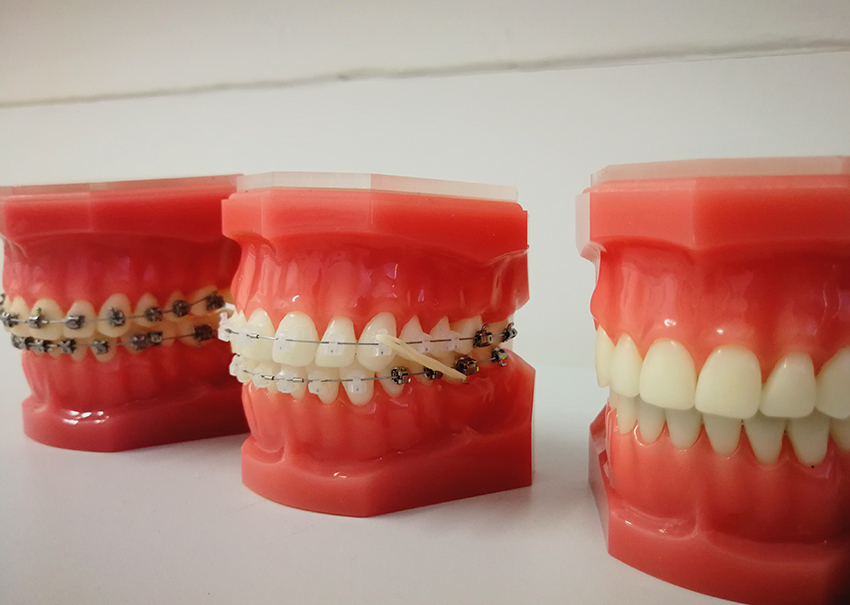How Braces Move Teeth
1 May 2018

Orthodontic tooth movement is a biological process. In order to move teeth into proper alignment and improve facial balance and harmony, three essential ingredients are needed:
- Healthy roots and bone
- Steady constant, gentle pressure
- Time
To accomplish proper alignment, the orthodontist attaches braces to the patient’s teeth. The wires apply light pressure to each tooth while the brackets are the handles that transmit the force to the tooth. During the treatment, the orthodontist will periodically make adjustments to maintain the directional pressure required to continue the appropriate movement of the teeth.
When pressure is put on a tooth, the bone around that tooth responds by changing shape. The existing bone around the tooth remodels and new fresh bone grows in its place to provide support for the moving tooth.
- At the beginning of tooth movement, teeth move in response to the degree of pressure applied by the orthodontic brace. The direction of movement can be 3-dimensional and is determined by the orthodontist
- The force causes the supporting tissues to adapt as the tooth moves; some periodontal ligament fibres are compressed as the tooth moves forward, while the ligaments on the other side stretch as the tooth moves away
- Where the ligaments have stretched, new bone is deposited to provide support for the tooth in its new position











